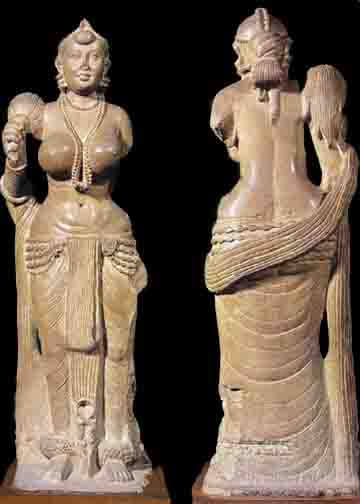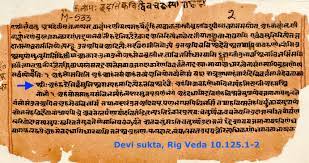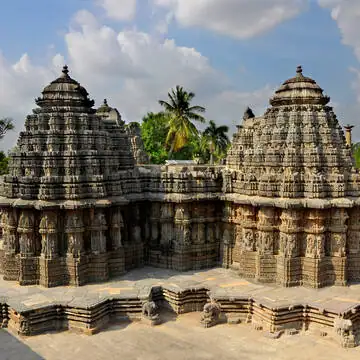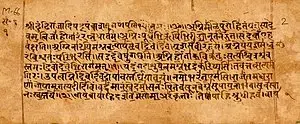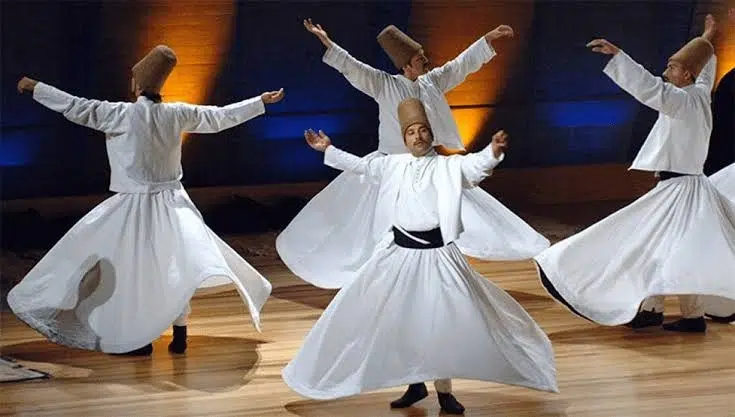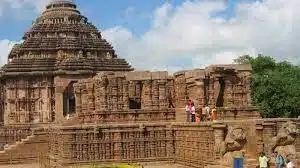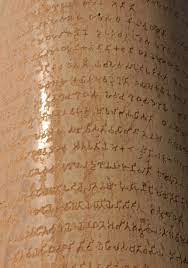DIFFERENT PUPPETRY FORMS OF INDIA
Puppetry is a form of theatre or performance that involves the manipulation of puppets.
A doll or a figure controlled by a person so that it appears to be moving on its own is called a puppet.
- The puppets are believed to be around since the time of Harappa and Mohenjo-Daro civilization dating back to 2800 BC in Indian sub-continent.
- The earliest reference to the art of puppetry is found in Tamil classic ‘Silappadikaaram’ written around the 1st or 2nd century B.C.
- Puppetry forms are classified as String puppets, Shadow puppet, Rod Puppet, and Glove puppet.
String Puppets
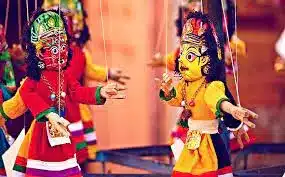
- String puppets or Marionettes having jointed limbs controlled by strings allow far greater flexibility and are, therefore, the most articulate of the puppets.
- Rajasthan, Orissa, Karnataka and Tamil Nadu are some of the regions where this form of puppetry has flourished.
Kathputli (Rajasthan)
- It is a traditional puppet form of Rajasthan.
- Kathputli derives its name from ‘Kath’ meaning wood and ‘putli’ meaning doll.
- Carved from a single piece of wood, these puppets are like large dolls that are colourfully dressed.
- Their costumes and headgears are designed in the medieval Rajasthani style of dress, which is prevalent even today.
- The Kathputli is accompanied by a highly dramatised version of the regional music.
- Oval faces, large eyes, arched eyebrows and large lips are some of the distinct facial features of these string puppets.
- These puppets wear long trailing skirts and do not have legs.
- Puppeteers manipulate them with two to five strings which are normally tied to their fingers and not to a prop or a support.
Kundhei (Odisha)
- The string puppets of Orissa are known as Kundhei.
- Made of light wood, the Orissa puppets have no legs but wear long flowing skirts.
- They have more joints and are, therefore, more versatile, articulate and easy to manipulate.
- The puppeteers often hold a wooden prop, triangular in shape, to which strings are attached for manipulation.
- The costumes of Kundhei resemble those worn by actors of the Jatra traditional theatre.
- The music is drawn from the popular tunes of the region and is sometimes influenced by the music of Odissi dance.
Gombeyatta (Karnataka)
- The string puppets of Karnataka are called Gombeyatta.
- They are styled and designed like the characters of Yakshagana, the traditional theatre form of the region.
- The Gombeyatta puppet figures are highly stylized and have joints at the legs, shoulders, elbows, hips and knees.
- These puppets are manipulated by five to seven strings tied to a prop.
- Some of the more complicated movements of the puppet are manipulated by two to three puppeteers at a time.
- Episodes enacted in Gombeyatta are usually based on Prasangas of the Yakshagana plays.
- The music that accompanies is dramatic and beautifully blends folk and classical elements.
Bommalattam (Tamilnadu)
- It combines features of rod and string puppetry.
- The strings are attached to an iron ring which is worn by the puppeteer on his head.
- The Bommalattam puppets are the largest and heaviest marionettes found in India.
- It has four distinct stages – Vinayak Puja, Komali, Amanattam and Pusenkanattam.
Shadow Puppet
- Shadow puppets are flat figures.
- They are cut out of leather, which has been treated to make it translucent.
- Shadow puppets are pressed against the screen with a strong source of light behind it.
- The manipulation between the light and the screen make silhouettes or colourful shadows, as the case may be, for the viewers who sit in front of the screen.
- This tradition of shadow puppets survives in Orissa. Kerala, Andhra Pradesh, Karnataka, Maharashtra and Tamil Nadu.
Togalu Gombeyatta (Karnataka)
- The shadow theatre of Karnataka is known as Togalu Gombeyatta.
- These puppets are mostly small in size.
- The puppets however differ in size according to their social status, for instance, large size for kings and religious characters and smaller size for common people or servants.
Tholu Bommalata (Andhra Pradesh)
- Tholu Bommalata, Andhra Pradesh’s shadow theatre has the richest and strongest tradition.
- The puppets are large in size and have jointed waist, shoulders, elbows and knees.
- They are coloured on both sides. Hence, these puppets throw coloured shadows on the screen.
- The music is dominantly influenced by the classical music of the region and the theme of the puppet plays are drawn from the Ramayana, Mahabharata and Puranas.
Ravanachhaya (Odisha)
- The puppets are made of deerskin and depict bold dramatic postures.
- The puppets have no joints attached to them, making it a more complex art.
- There is the use of non-human puppets, such as trees and animals as well.
- They are not coloured, hence throw opaque shadows on the screen.
Rod Puppet
- Rod puppets are an extension of glove-puppets, but often much larger and supported and manipulated by rods from below.
- This form of puppetry now is found mostly in West Bengal and Orissa.
Putul Nachh (West Bengal, Odisha, and Assam)
- It is the traditional rod puppet dance of Bengal-Odisha-Assam region.
- The figures are generally 3-4 ft. high and dressed as characters of Jatra.
- They generally have three joints – at the neck and at the shoulders.
- The performance is accompanied by a musical troop of 3-4 musicians playing harmonium, cymbals, and tabla.
Yampuri (Bihar)
- These puppets are made of wood.
- They have no joints.
- They are carved out of a single piece of wood and then painted and dressed in bright colours.
Glove Puppet
- Glove puppets, are also known as sleeve, hand or palm puppets.
- The head is made of either papier mache, cloth or wood, with two hands emerging from just below the neck. The rest of the figure consists of a long flowing skirt.
- These puppets are like limp dolls, but in the hands of an able puppeteer, are capable of producing a wide range of movements.
- The manipulation technique is simple the movements are controlled by the human hand the first finger inserted in the head and the middle finger and the thumb are the two arms of the puppet. With the help of these three fingers, the glove puppet comes alive.
- The tradition of glove puppets in India is popular in Uttar Pradesh, Orissa, West Bengal and Kerala.
- In Uttar Pradesh, glove puppet plays usually present social themes, whereas in Orissa such plays are based on stories of Radha and Krishna.
- In Orissa, the puppeteer plays on the dholak with one hand and manipulates the puppet with the other.
- The delivery of the dialogues, the movement of the puppet and the beat of the dholak are well synchronised and create a dramatic atmosphere.
Pavakoothu (Kerala)
- It originated in the period around 18th century A.D.
- The puppets are decorated with colorful headgears, feathers and face paints, which is evidence of a heavy influence of Kathakali dance form.
- The Plays are themed around narrations of Ramayana and Mahabharata.
- The musical instruments used during the performance are Chenda, Chengiloa, Ilathalam and Shankha the conch.
Why is Puppetry Art Dying?
There are various reasons for it.
- Lack of patronage in the modern age.
- Competition from Electronic media which is a preferred mode of entertainment. People find it more appealing to watch mythological stories of Ramayan and Mahabharat on electronic media rather than in Puppetry.
- Puppetry Art is usually confined to only devotional and mythological stories.
- With changing times, Puppetry does not take up modern social issues.
- Puppetry lacks modernization in terms of script, lighting, sound and other stage effects.
Source: CCRT
Also refer :


